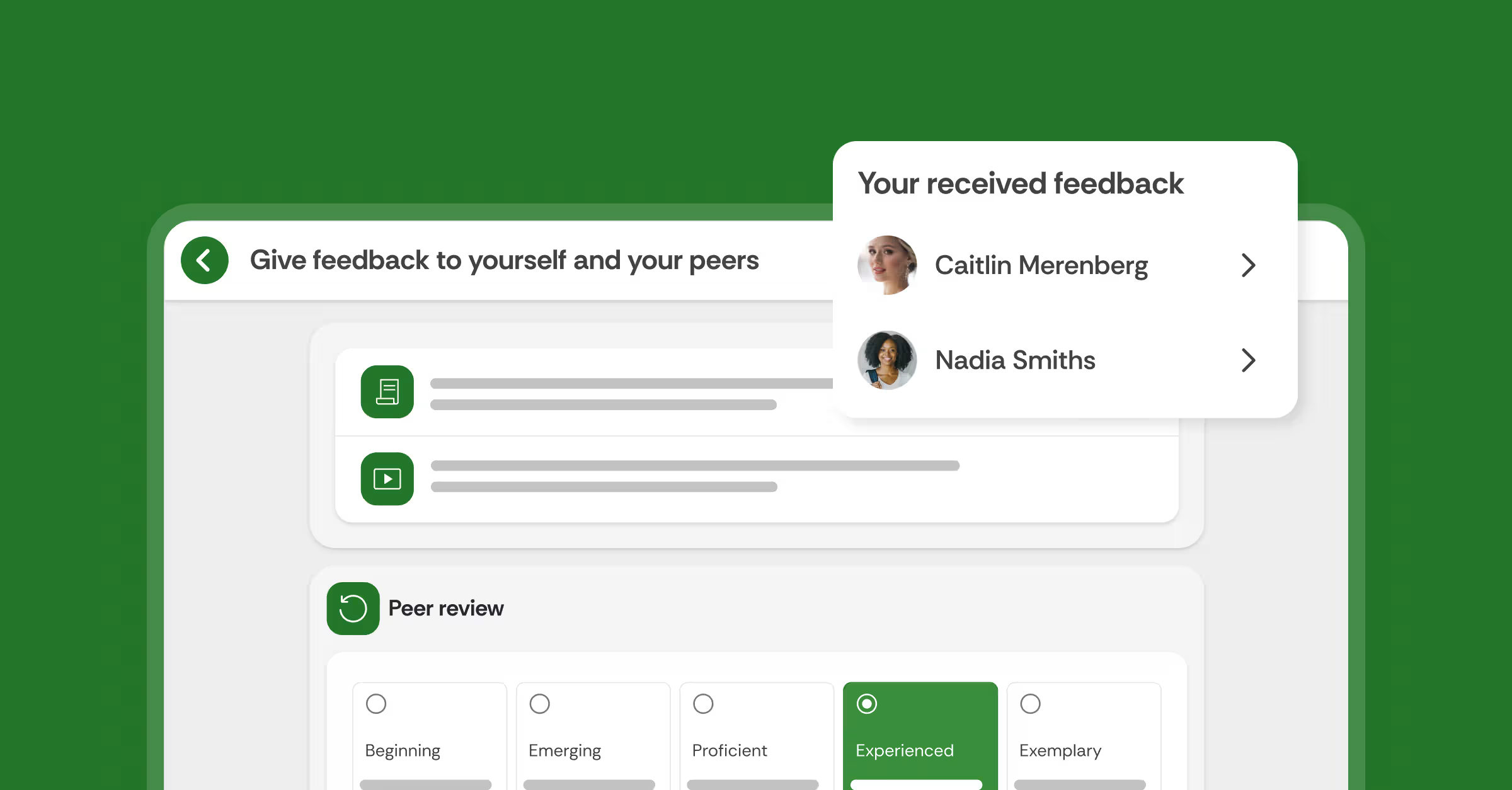4 ways to keep students virtually engaged
In the wake of the COVID - 19 outbreak, many governments declared public health emergencies and some even institutionalised quarantine measures. In the context of higher education, the response from universities and other higher education institutions around the world needed to transition students off campus, and shift courses and materials online. Transitioning from the in-person classroom to an online format was challenging for everyone involved. Specifically, teachers, apart from the pressure of transitioning course workload to an online format, they needed to make an extra effort to engage students. Students, on the other hand, were expected to stay motivated amid distractions in their personal lives and not forgetting the impact of the pandemic on their mental well - being. Research indicates compared to prior academic terms, individuals in the Winter 2020 term, which was during the height of the pandemic, experienced significantly higher anxiety, depression and sedentary behaviours [1].
A couple of months have gone by since the initial declaration of the pandemic and many higher education institutions have become somewhat familiar with online instruction. This article aims to investigate the best practices that instructors can utilize, in an effort in keeping students engaged during online instruction. Apart from high levels of motivation, focus and organization what are the best ways to keep students engaged and motivated? Below are some practical tips.
1 | Segment lectures into shorter sequences and keep the videos interactive
In an online environment in which isolation, depression, anxiety and dropout is likely to be an issue, interaction is a key component of fostering online learning [1]. Activities that involve collaboration and sharing of ideas among students could greatly promote a sense of community and higher-level thinking [1].
Studies have identified three types of interactions that support learning in online courses: 1) interaction with content; 2) interaction with instructors and; 3) interaction with classmates. In creating the most effective online learning environment, course features that encourage these three key types of interaction are highly advised [3].
Student - content interaction may take a number of forms, including watching instructional videos, interacting with multimedia or searching for information. To create a vibrant online community, instructors must facilitate sustained engagement with course material. Make sure that your video lectures are generally no more than 15 minutes long and remain interactive [2]. Additionally, make sure that each video segment allows students to direct their attention to one concept, by chunking information in segments, information then becomes easier to retain and recall [2]. Within this short segmentation of video lectures, an instructor can additionally add an interactive component to the segmented video by checking comprehension and asking quick questions that test whether students understand the key lesson in the lecture segment [4]. This comprehension check exercise, as well as adding an interactive element to the lecture, additionally serves as a learning and assessment tool in that instructors know what students have learned and students practice applying the concepts taught in the lecture [4]. The exercises offer detailed answer explanations to provide feedback and correct students if they are learning a concept incorrectly. Frequent exercises also give students more opportunity to apply lecture material.
One proposed manner of achieving this goal could be through Interactive Video, which allows teachers to lock specific moments into the timeline of their video with practice questions and discussions over the topics learned in the previous sections. Students can go back and rewatch videos to practice topics. Teachers can keep track of how students are performing, and which questions they have trouble with. This approach keeps students motivated and allows teachers to gain an in-depth look at how well their teaching is being understood.
As for student - instructor interaction, the social presence of the instructor is an integral component of successful online learning [3]. The instructor should perform activities that translate virtual interaction into an impression of a ‘real’ person. To interact with students, instructors may incorporate both synchronous activities such as video conferencing and asynchronous activities such as email correspondence [3].
Similarly, to foster student - student interaction, both synchronous activities (videoconferencing) and asynchronous activities (discussion boards, social media) are highly effective in keeping students motivated and engaged [3].
Leiden University Medical Centre provides a practical example of how to use Interactive Video to enrich recorded lectures in an effort to promote interaction and engagement from students.

2 | Foster student engagement through real world collaborative projects
Research identified specific pedagogical practices that enhance student engagement [2]. They found one of the most influential factors increasing student engagement included open-ended exploration of real life scenarios and collaborative learning [2]. Real-world collaborative based projects are known to be effective in improving student engagement and the additional benefits include making the learning process relevant, meaningful as well as challenging [2].
Real world collaborative based projects are considered a high impact pedagogical practice as such learning activities immerse students deeply in the real-world applications of complex problems and their solutions [3]. Working on realistic sceneries through e.g case studies, reports, research papers, presentations, and client projects are well-known examples of the most beneficial engagement strategy. Additional benefits of project-based collaborative projects include students receiving enhanced opportunities for managing their individual work, peer feedback and interaction, supportive dialogue, reflection, sharing of ideas, critical thinking and metacognition - all having an impact on the quality of the outcome of the work [3].
Comprehension of Document helps students to better grasp the structure of the study material through collaborative and active-learning strategies. This is made possible as teachers for instance could present students with a real-world case study. Students get immersed in complex problems that need analysis and that they need to work through together. This is possible by providing their own perspectives and reading the perspectives of their peers, thus stimulating student engagement. Viewing annotations from peers can foster collaborative learning and encourage students to evaluate their own annotations . This aids in development of problem-solving abilities and the deeper understanding of fundamental concepts as well as fostering a sense of community.
3 | Implement Formative Assessment
One challenge that teachers encounter in the online environment is how to keep students motivated to work. Studies have proposed that student engagement in learning may increase if students understand the purpose of the tasks delivered, if they easily make contextual connections with already known subjects or day-to-day situations, or if they establish links with what they must develop [4]. Teachers may find this path easier to achieve if they propose different kinds of tasks, not only do they reach a higher number of students due to different learning styles, but they also set a lively class pace. In order to fulfill their purpose, these tasks should provide proper and timely feedback - known as formative assessment. Formative assessment is a process which provides feedback on students tasks in time for them to regulate their learning [4]. In the online learning context, formative assessment stimulates student engagement as the timely feedback on their achievements can be actually helpful to overcome their learning difficulties [4]. This constructive approach in learning, showing more similarities with the scientific approach, is closer to engineering students' needs when solving new problems, adapting to new environments and mobilizing the necessary knowledge to overcome specific issues, especially in an online environment [4].
We recommend using Peer Review for formative assessment as the tool supports structured feedback on work done by peers. In the process of giving, receiving and reflecting on feedback, the student is able to think critically about the work they have produced, and improve on it. Since the teachers see an overview of student, group or class-level performance, they can adjust their focus and teaching accordingly.
4 | Build an online community
Teachers can provide a sense of community and can motivate students to engage through discussion forums [3]. Instructors are advised to encourage students to take advantage of discussion-based features on their course websites . Teachers, for instance, could encourage students to ask questions and receive feedback from their peers and course team. Another strategy that could enhance an online community, could be by teachers introducing themselves, to their students, on a personal level. In this way, students perceive the teachers as approachable and humanizes the experience [3]. For more insightful practical tips on how to cultivate a social online classroom you can read more here.
Closing remarks
These are unprecedented times and online lectures should focus on bringing the same energy, passion and engagement from the physical classroom to the virtual one. Students tend to pick up on this energy and this therefore sets an important foundation for effective and engaging online learning. Teaching strategies such as keeping lectures short and interactive, fostering engagement through real world collaborative projects, implementing formative assessment and creating an online community have proven to be effective in enhancing student motivation and engagement.
References
[1] Huckins, J., DaSilva, A., Wang, W., Hedlund, E., Rogers, C., Nepal, S., Wu, J., Obuchi, M., Murphy, E., Meyer, M., Wagner, D., Holtzheimer, P. and Campbell, A. (2020). Mental Health and Behavior During the Early Phases of the COVID-19 Pandemic: A Longitudinal Mobile Smartphone and Ecological Momentary Assessment Study in College Students (Preprint). Journal of Medical Internet Research,.
[2] Ericsson, K., Chase, W. and Faloon, S. (1980). Acquisition of a Memory Skill. Science, 208(4448), pp.1181-1182.
[3] Allsopp, M. and Buys, D. (2020). The Introduction of Community-Engaged Learning Into a DPD Community Nutrition Course. Topics in Clinical Nutrition, 35(4), pp.341-350.
[4] Brookhart, S. Teacher Feedback in Formative Classroom Assessment: Leading Student Assessment. Studies in Educational Leadership. Eds. C. Webber and J. Lupart. Springer Netherlands. Vol.15. pp.225-239. 2012.
















![[New] Competency-Based Assessment](https://no-cache.hubspot.com/cta/default/3782716/interactive-146849337207.png)










